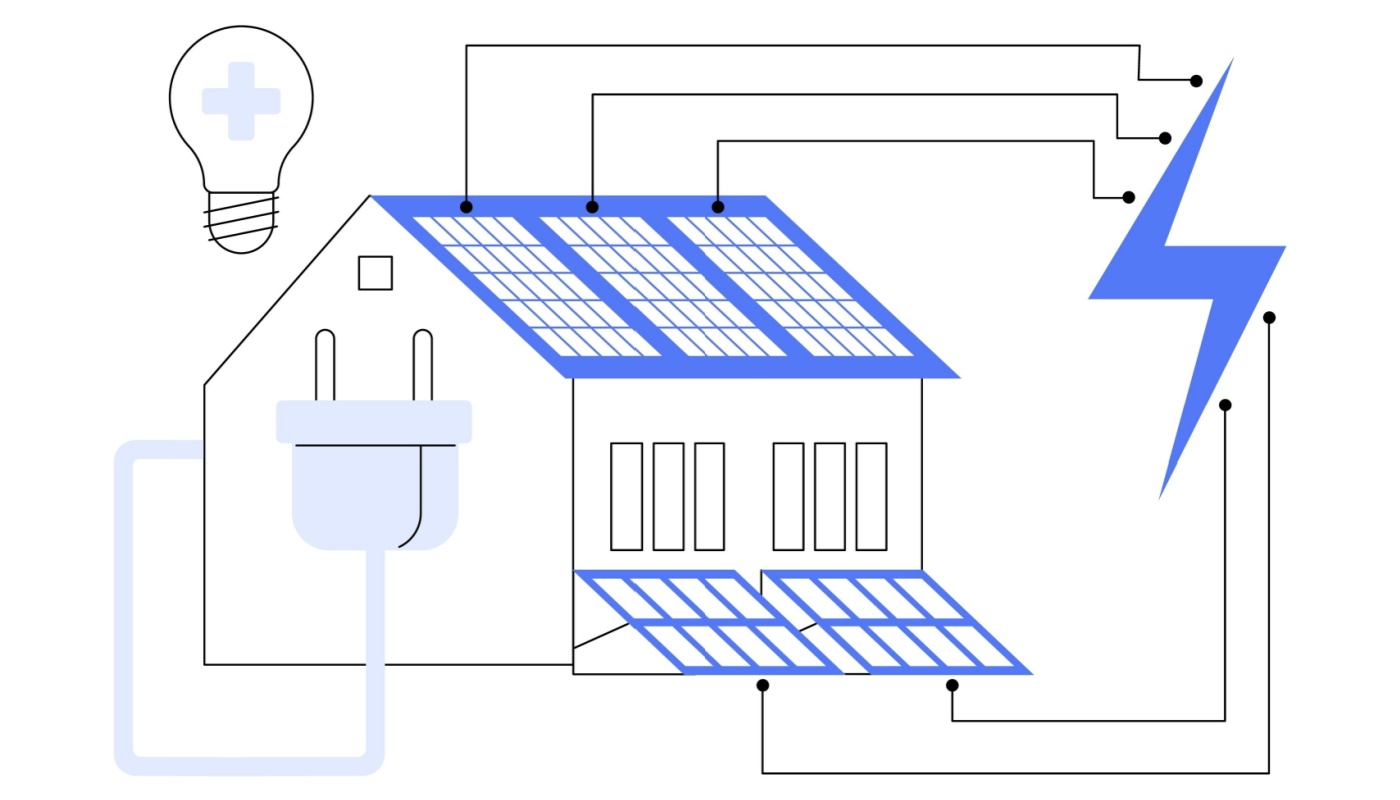
Here’s another argument against reviving old nuclear and coal plants to meet forecasted electric demand from AI.
A new report by Rewiring America says that US homes can offset 93 GW — 100% of the new demand from AI over the next five years — by using heat pumps, rooftop solar/storage and electric vehicles.
Rewiring envisions a business model where hyperscalers pay households to make the upgrades in lieu of securing grid capacity. The households, in aggregate, would reduce their energy use on the grid by an amount equivalent to what hyperscalers need to operate. It’s the old idea of the negawatt, a term coined by Amory Lovins, revived for the AI world.
Subscribe to the free, weekly Energy Changemakers Newsletter. Or if you’d like more of our news and analysis, join our community, starting at only $59.99/year.
By using energy efficient technologies, households would reduce strain on the grid during periods when electricity use is high. Or they could generate their own power via solar panels, store it in batteries, and release it during peak periods. As a result, utilities need fewer power plants to serve the peak.
This means data centers no longer need to wait years for utilities to build more power plants before they can connect to the grid. Data centers achieve the coveted “speed to power” they seek, a distinguishing feature of distributed energy because it’s generally quicker to install than centralized power.
“Hyperscalers’ immediate investments in these solutions will forge the technological and economic pathways that transform America’s entire energy system. What starts as an urgent solution to AI’s power hunger becomes the foundation for an all-electric economy — efficient, resilient, affordable for households, and perfectly suited to position the U.S. as a global leader in the industries that will define this century,” says the report, Homegrown Energy.
In another variation on the same thing, California-based Voltus, a virtual power plant aggregator, this week launched a “Bring Your Own Capacity” product to help address growing concerns about meeting electric demand from AI.
Under this program, homes and businesses install distributed energy, which Voltus aggregates into a virtual power plant to create market-accredited capacity. Data centers can use the credit to offset their capacity requirements.
This makes data centers “capacity enablers for the grid, not just consumers of power,” Dana Guernsey, CEO of Voltus.
Brian Janous, chief commercial officer of data center development company, Cloverleaf Infrastructure, points out that the approach offers an additional benefit — “a direct way for data centers to bring economic benefits to the community.” Local businesses or residents earn income by participating in the virtual power plant, potentially engendering goodwill toward the data center.
And data centers definitely need to figure out a way to spread some goodwill.
As Drew Briemer points out in a LinkedIn blog posted yesterday, the honeymoon is over for data centers when it comes to public acceptance. Communities are battling against their arrival all across the US.
“The data center industry is now entering the same stage renewables did a decade ago. Growth is colliding with local skepticism, and the ability to build hinges on more than capital and engineering. It depends on social license—on credibility, trust, and partnership,” Briemer writes.


